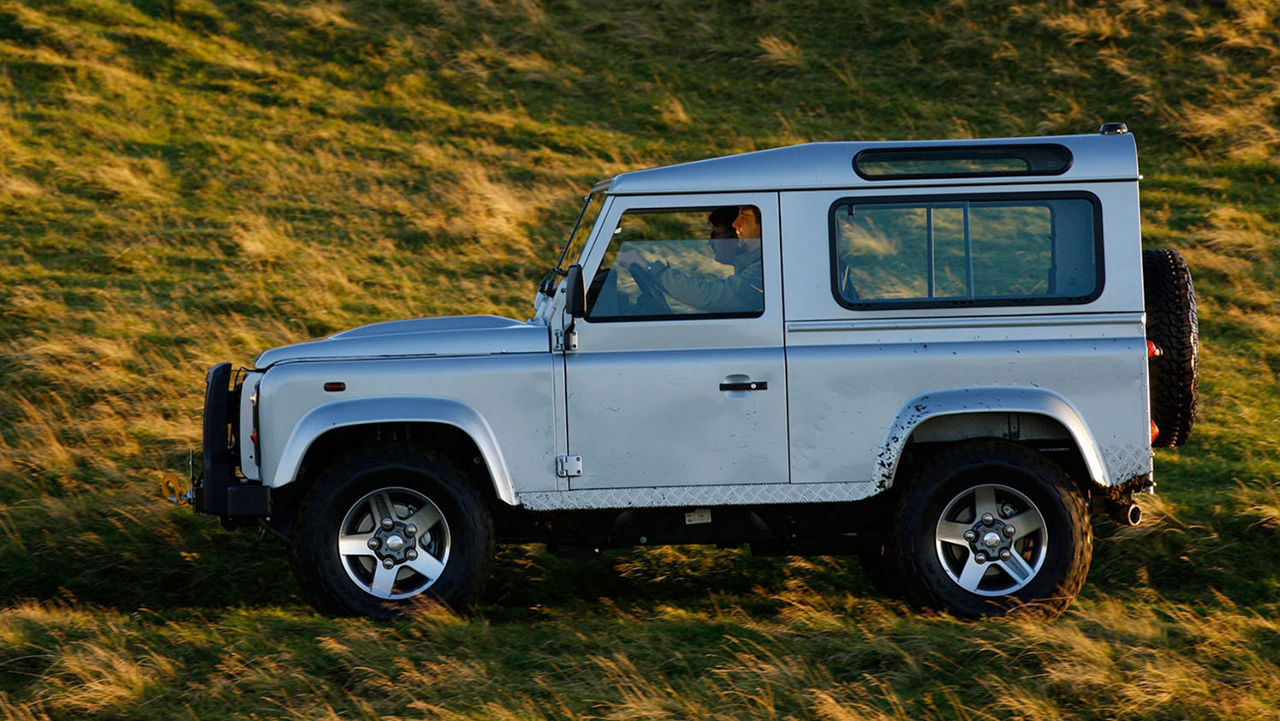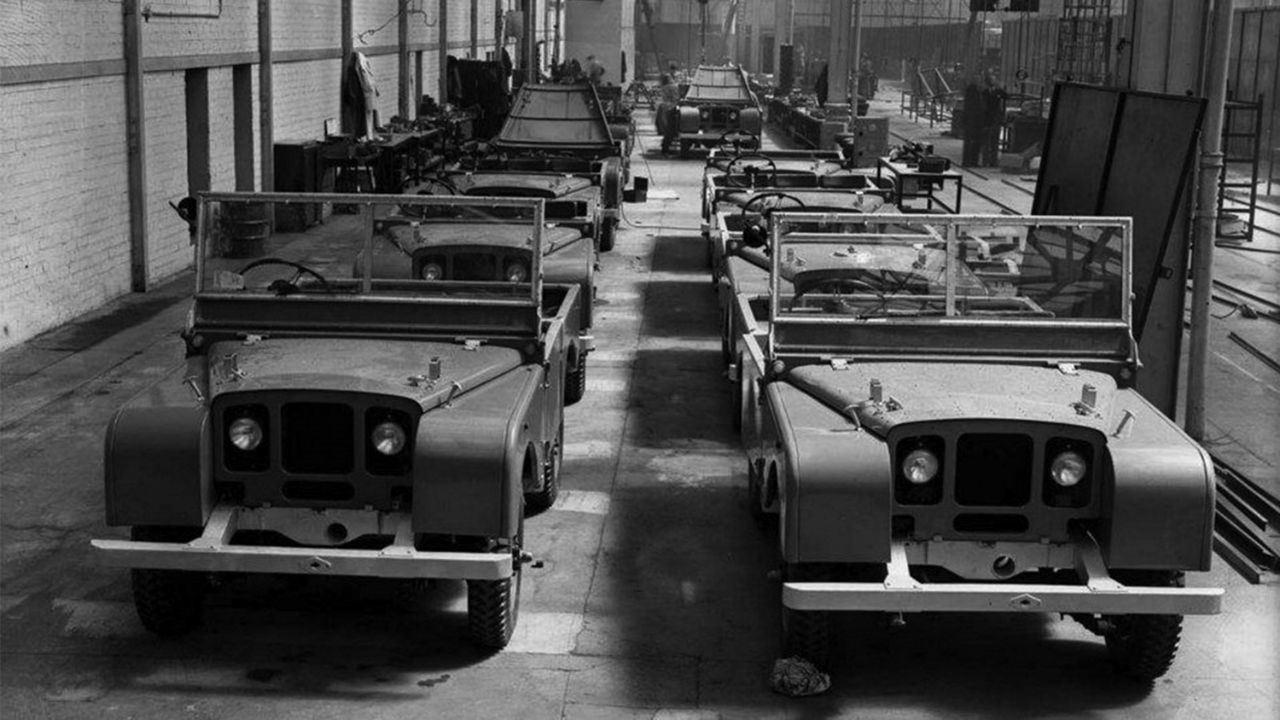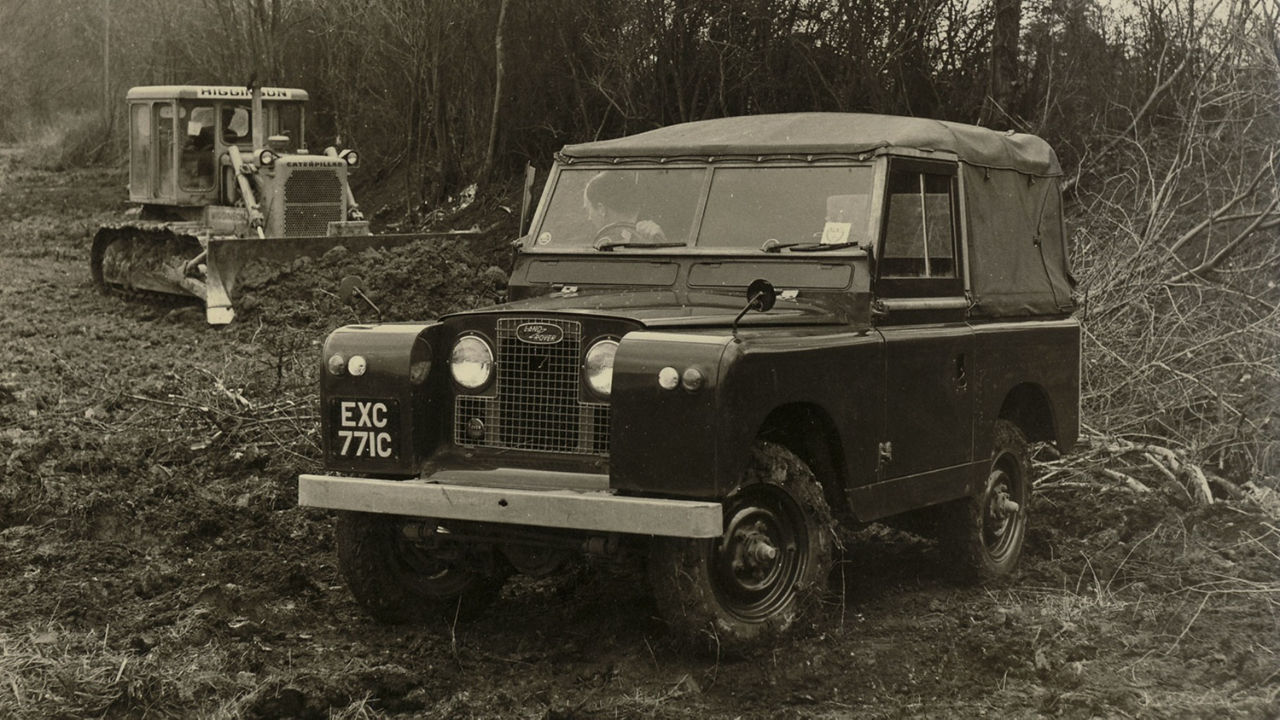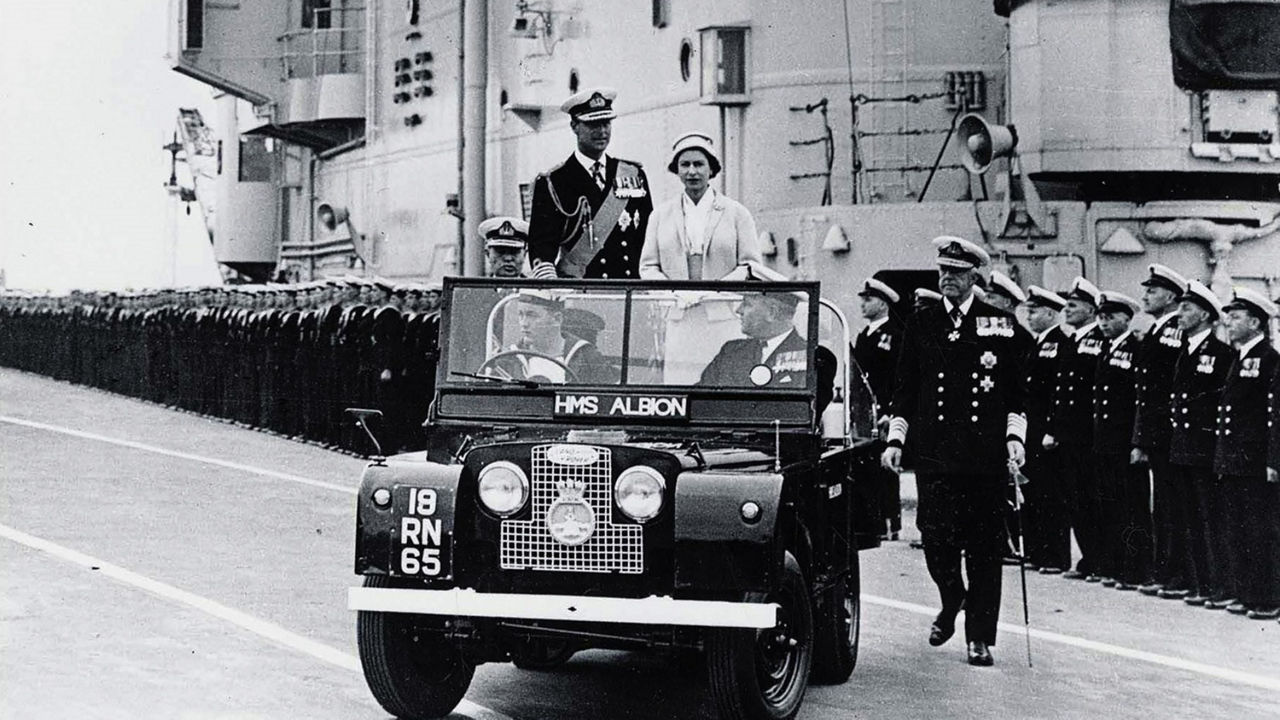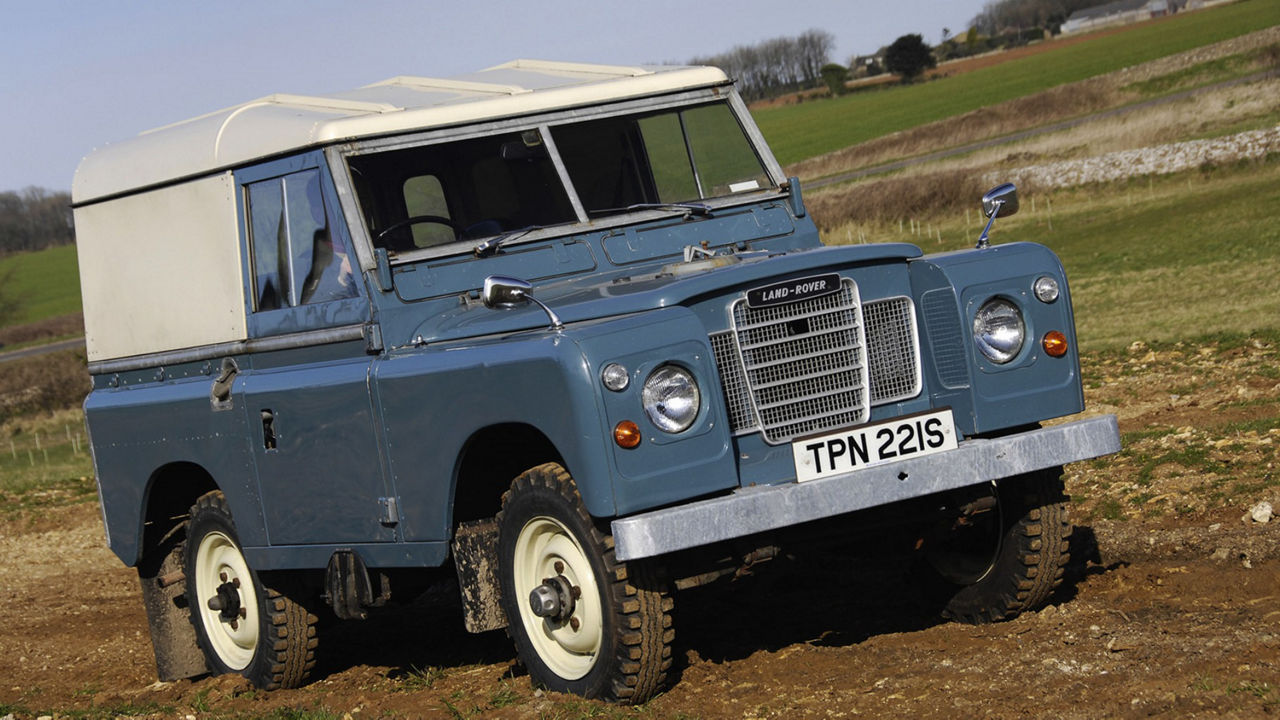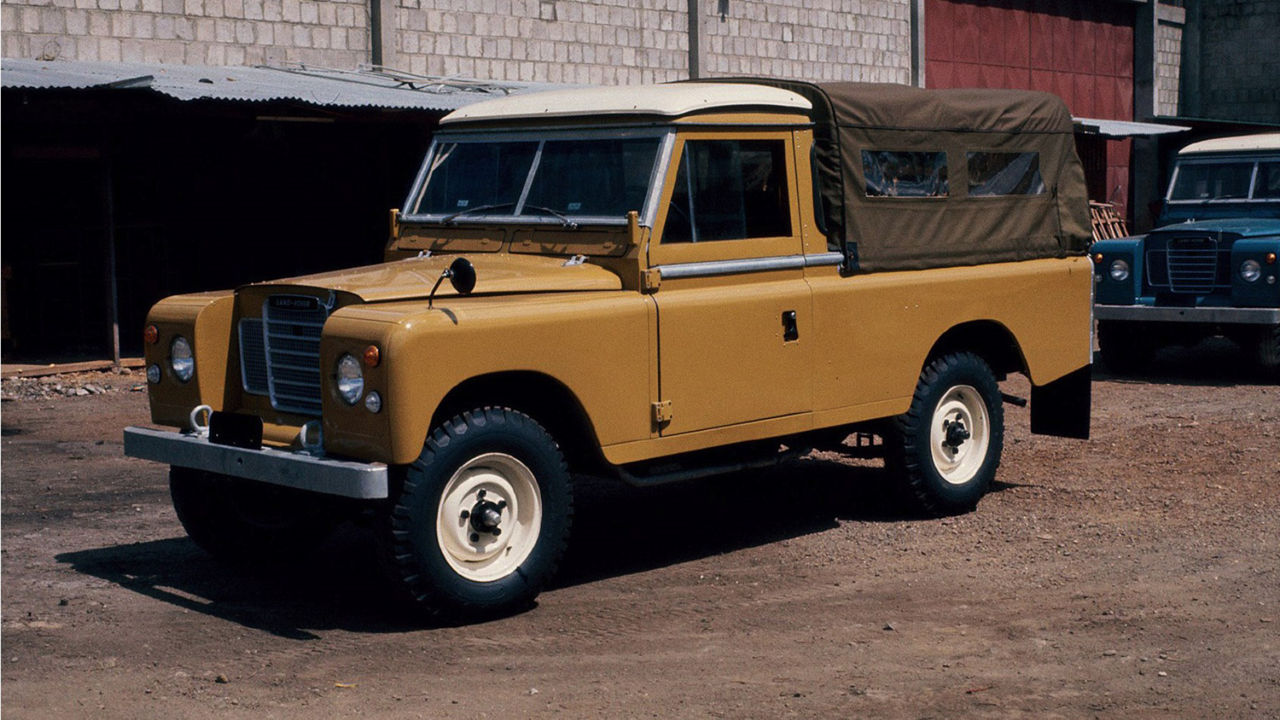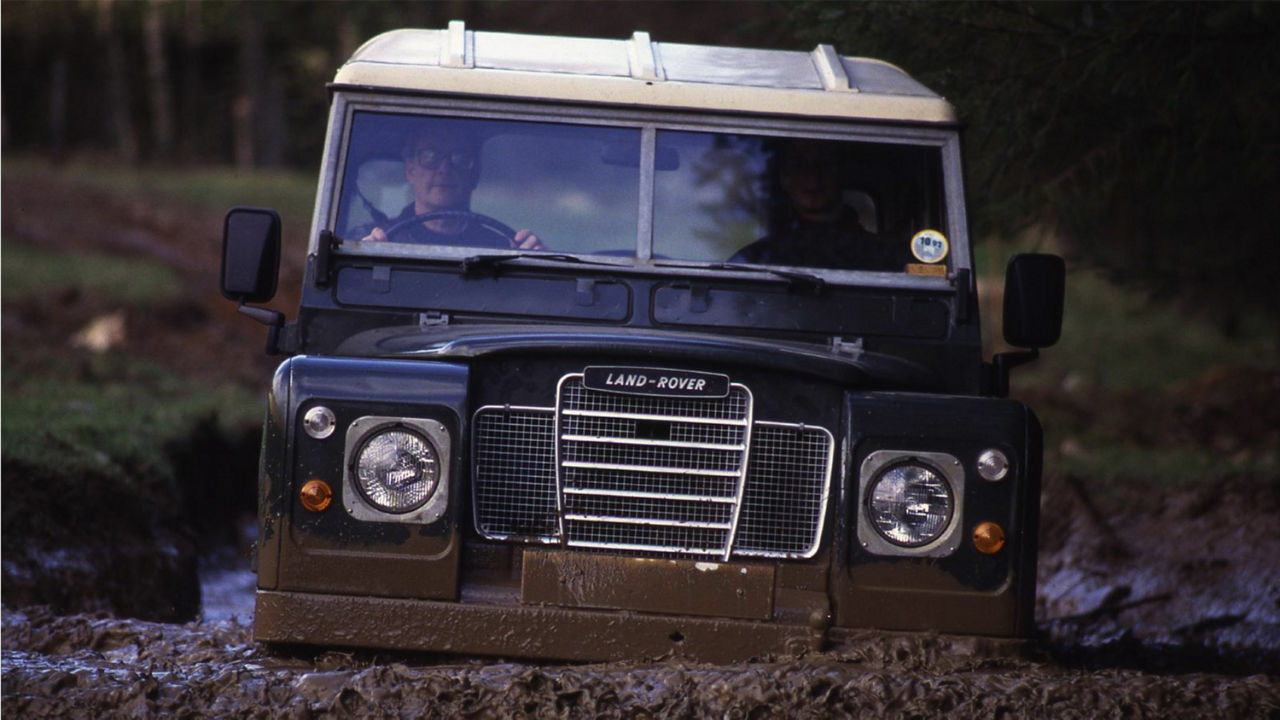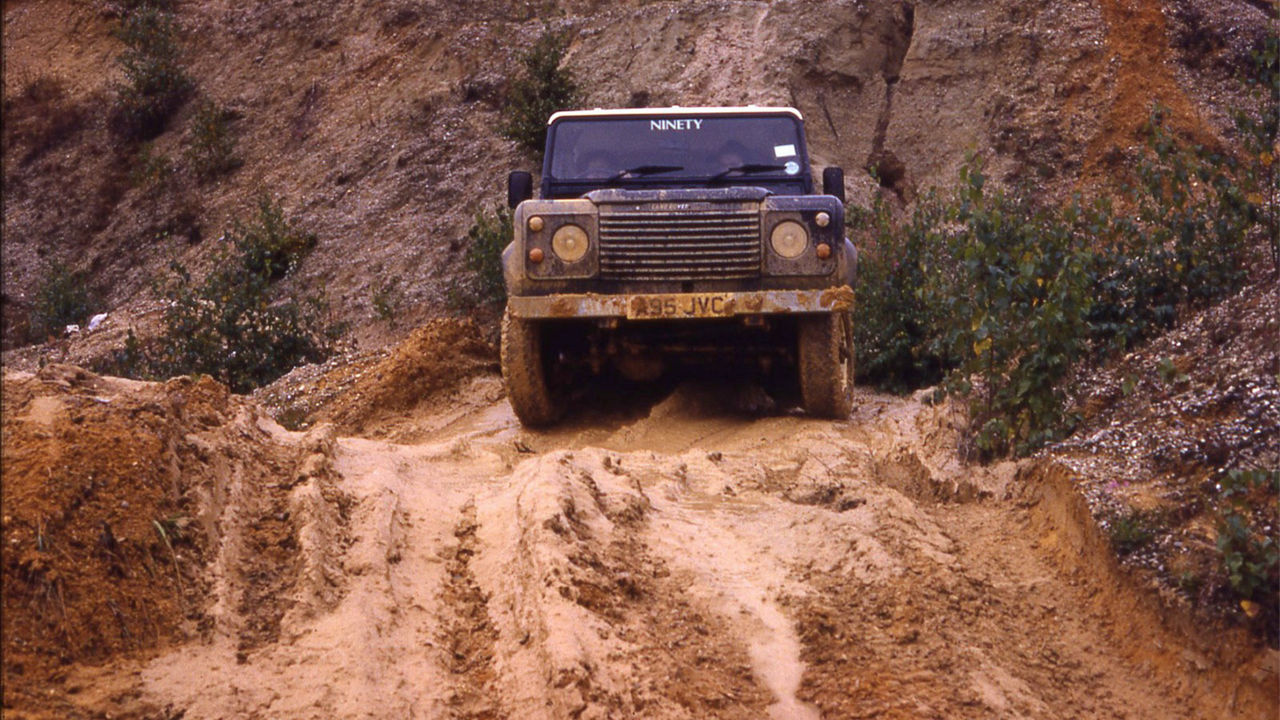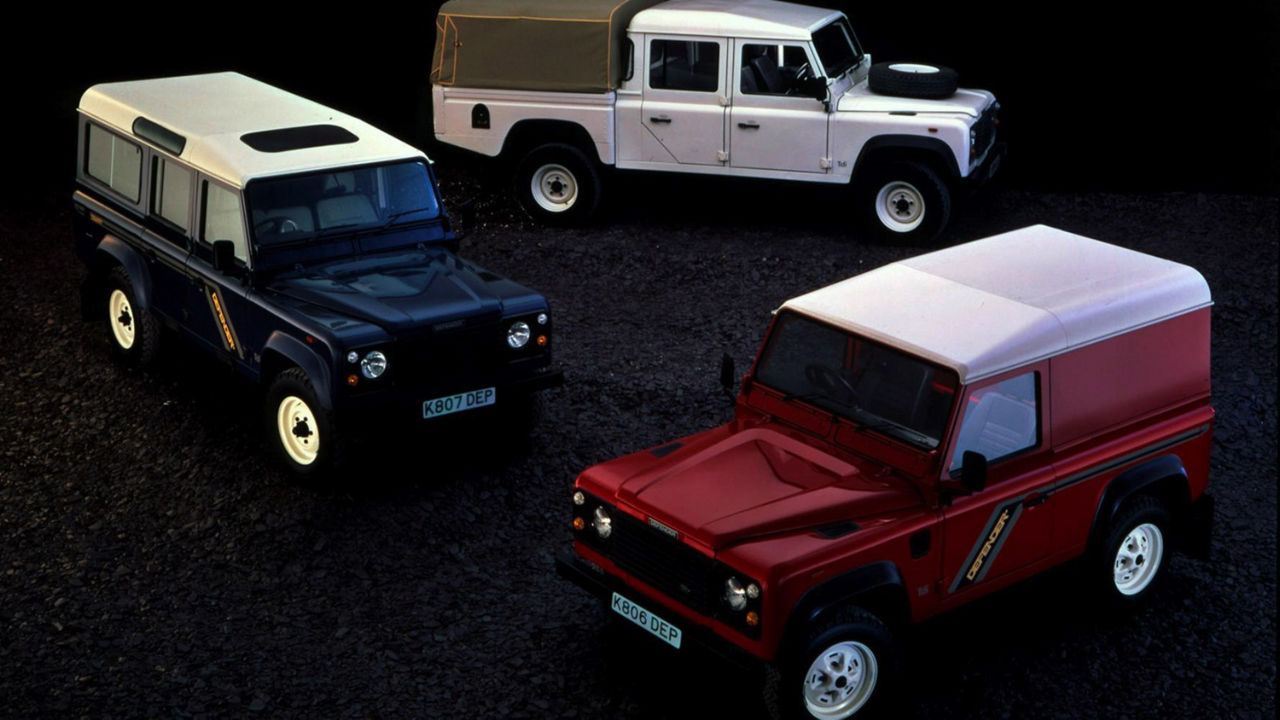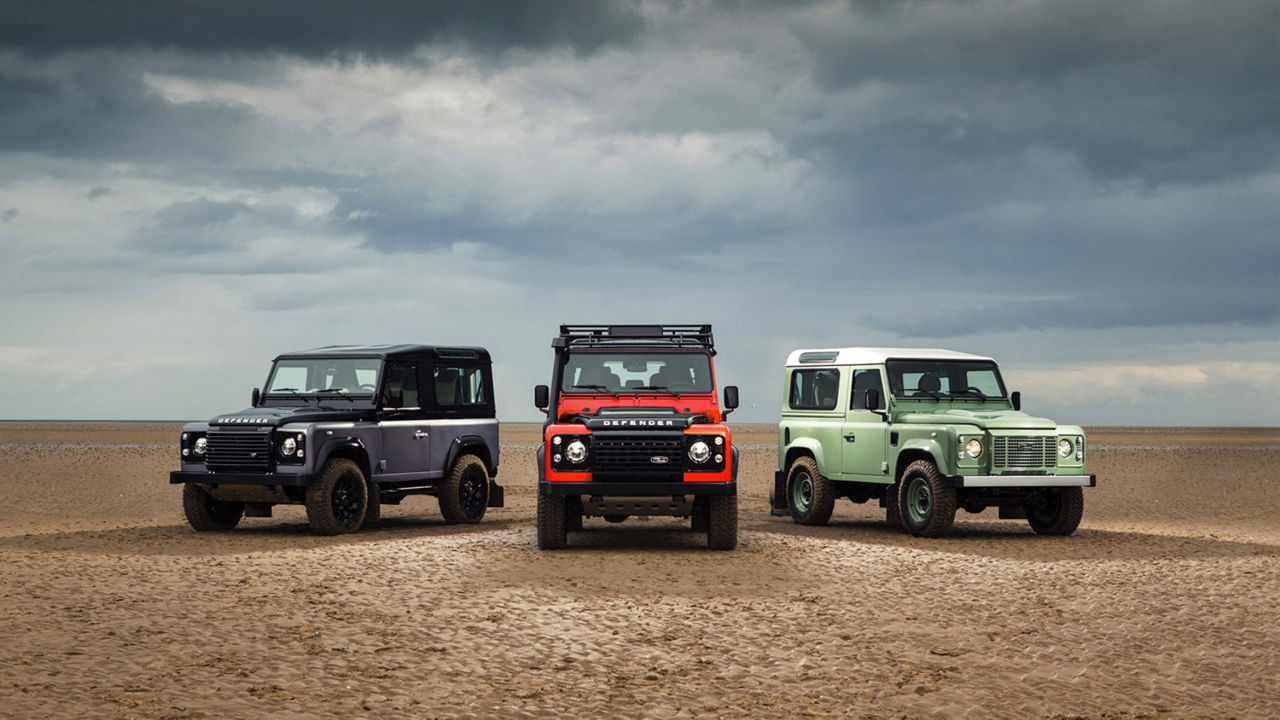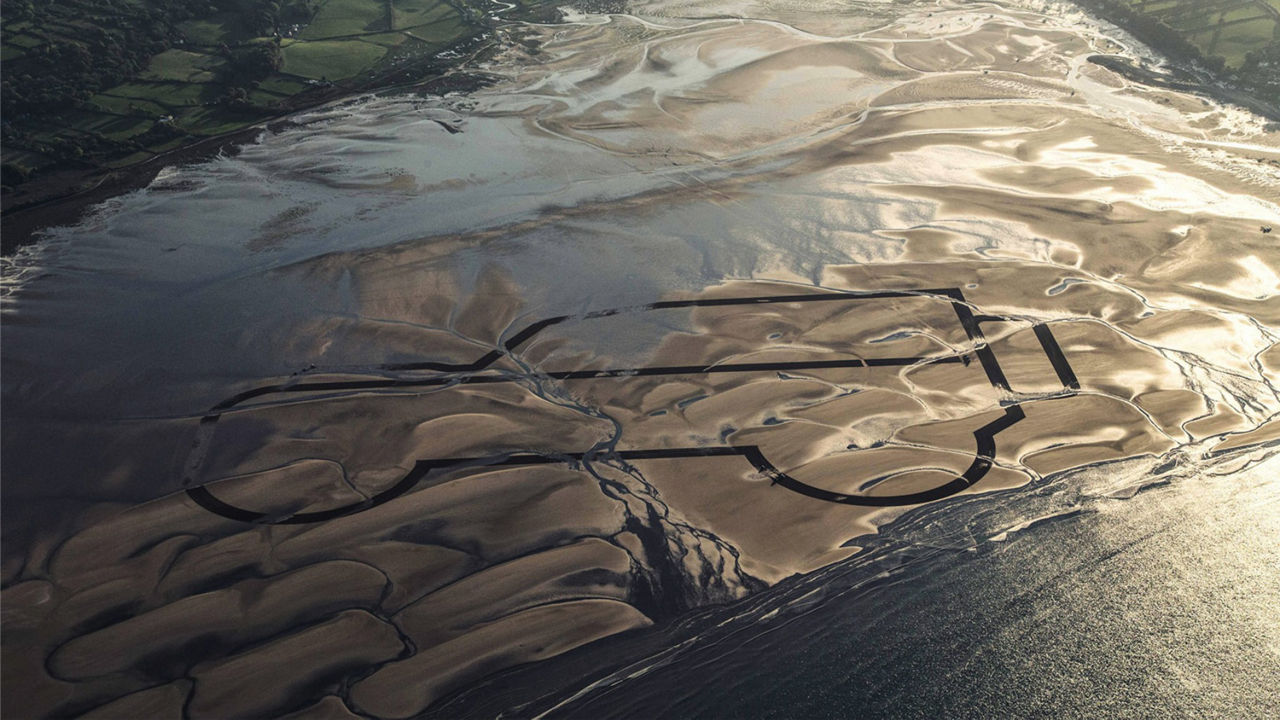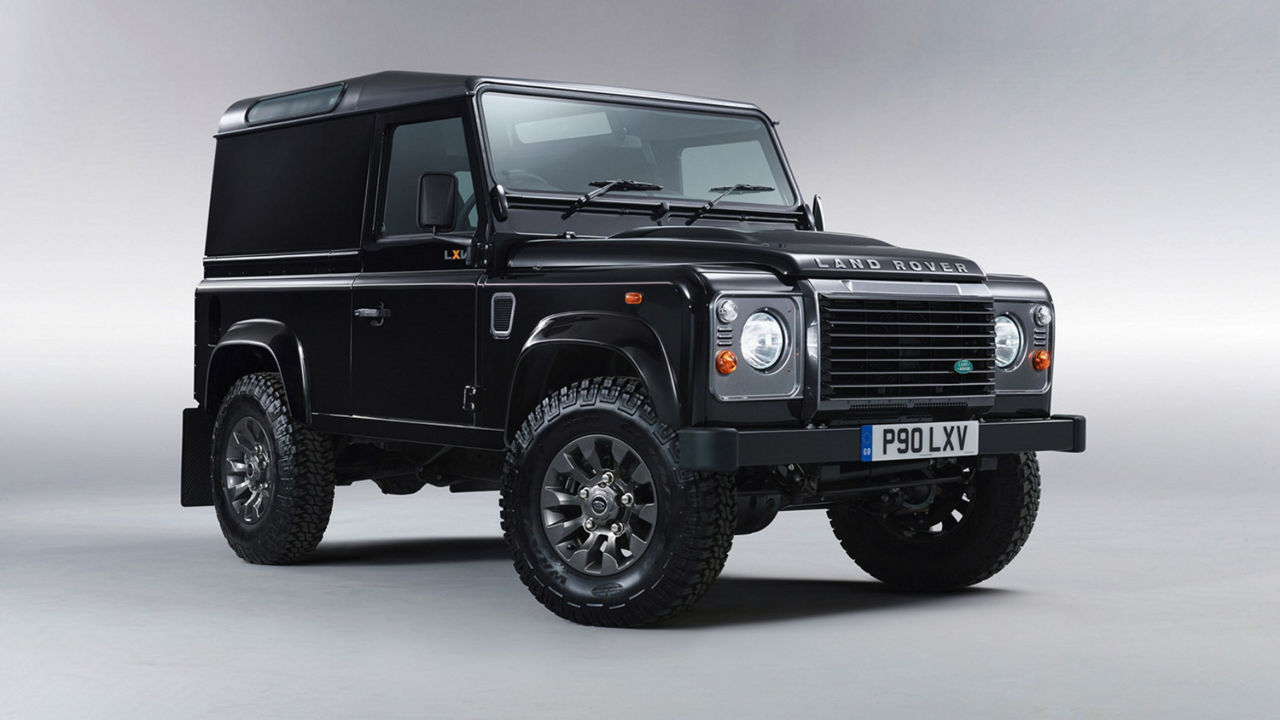Posted: 03/06/15
The clue was always there, in the name. The Land Rover was designed to rove the land, regardless of conditions. Below, we chart how that simple need - to move, whatever the terrain - has inspired the evolution of the vehicle of the decades.
1940s: Inception and Launch
1947: Christened 'Land Rover' the initial 'mule' prototype features a central driving position. By September, the Rover Company board approves the "all-purpose vehicle on the lines of the Willys- Overland post-war Jeep".
1948: The Land Rover is launched at the Amsterdam Motor Show on 30 April. Later known as the 'Series I', it has an 80in wheelbase, 50bhp 1595cc petrol engine from the Rover P3, pick-up body and priced £450.
1948: Rover introduced the first Land Rover Station Wagon in December 1948. However, it was expensive due to attracting purchase tax and only 641 were built, mainly for export.
1949: Within a year, production totals 8000 and the British Army orders its first trial batch of Land Rovers.
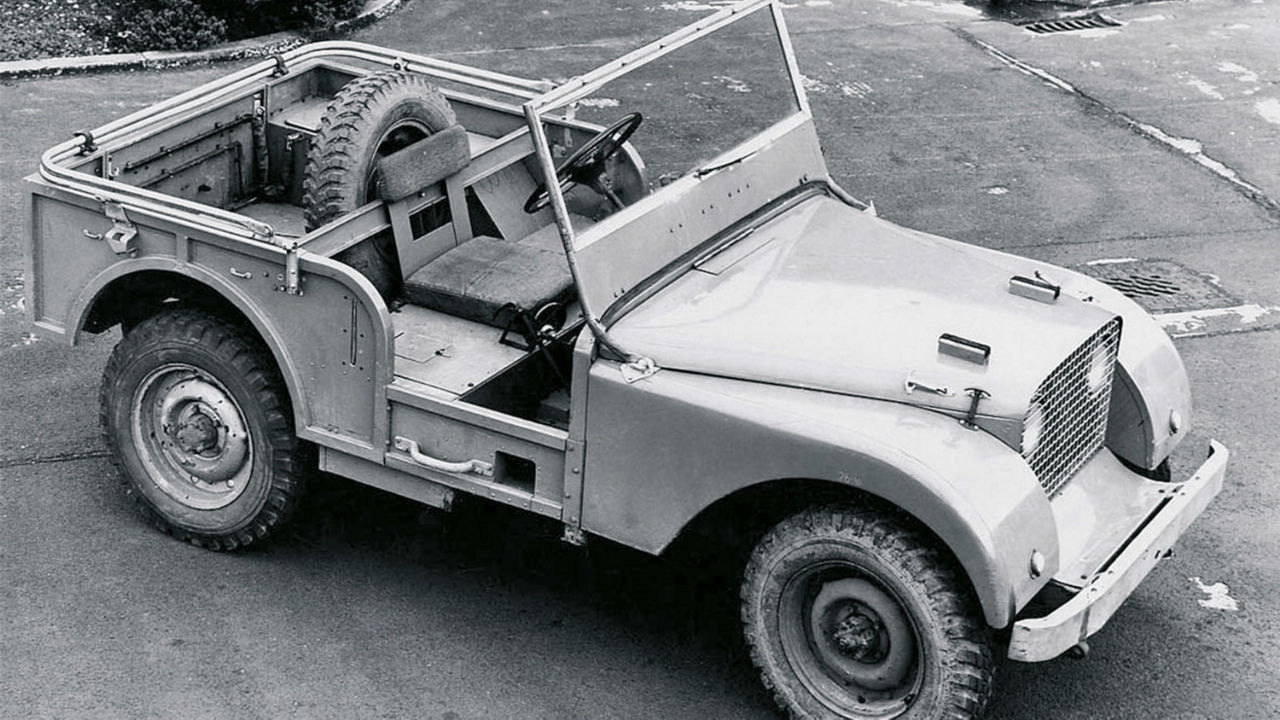
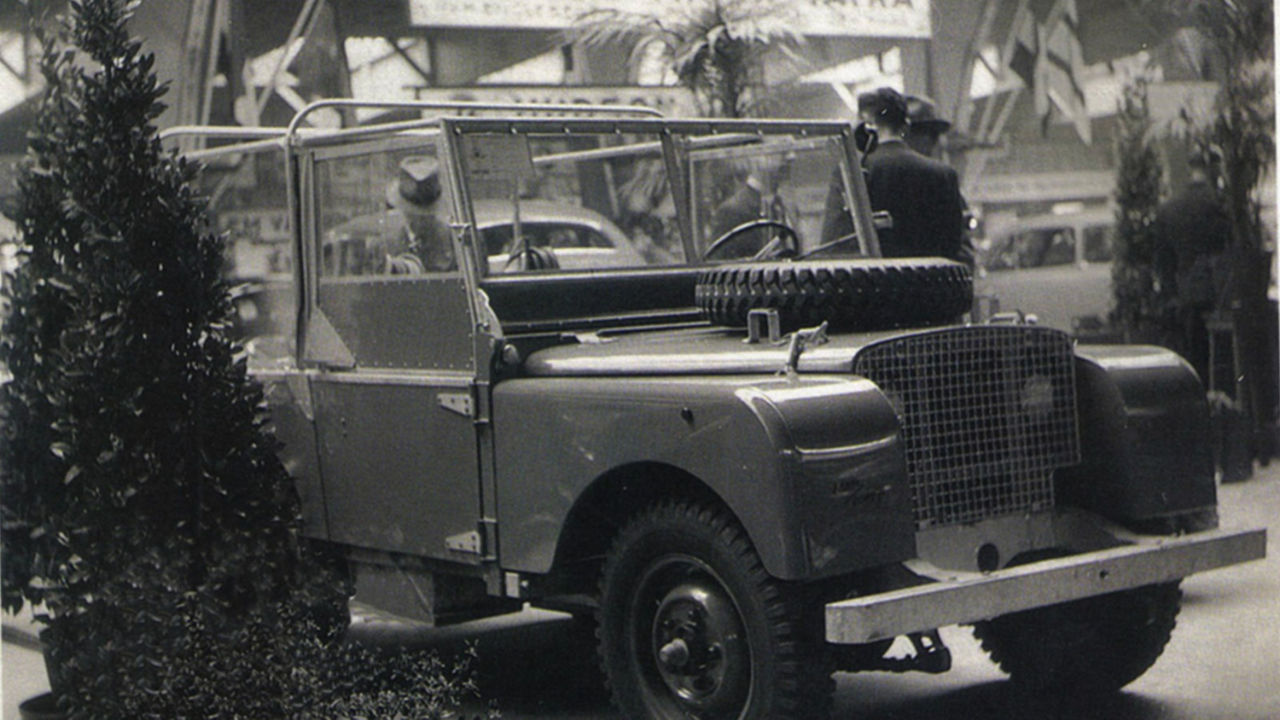
1950s: Royal Relationship and Series ll Launch
1950: A facelift which incorporates 7-inch exposed headlamps is introduced in May, which gives the Land Rover a "face" it would keep until February 1969.
1951: The freewheel 4x4 system is replaced by selectable two- or four-wheel drive.
1952: The engine is enlarged to 1997cc with 52bhp.
1953: The first 86-inch custom-built State Review Land Rover enters service with the Royal family.
1954: Long wheelbase model introduced (107in) and short wheelbase model is increased to 86in.
1957: Wheelbases are increased to 88in and 109in with the launch of the optional 52bhp, 2052cc diesel engine.
1958: The Series II is launched. It's recognisable by deep side sills and rounded shoulders in the side panels. The petrol was also enlarged to a ‘two-and-a-quarter’ litre engine.
1960s: 500,000th Land Rover produced
1961: The Series IIA is launched with a larger 62bhp, 2286cc diesel.
1962: The Series IIA Forward Control model is launched with four-cylinder diesel and six-cylinder petrol engines available. It's a heavy-duty model with 30cwt (3360lb) payload on 109in chassis, and most are fitted with dropside bodywork. It's replaced in 1966 by SIIB 110in Forward Control with lower headlights, wider track and a front anti-roll bar. This model runs until 1972.
1966: The 500,000th Land Rover vehicle is produced.
1969: Headlamps are moved outboard onto the front wings, due to foreign market safety legislation.
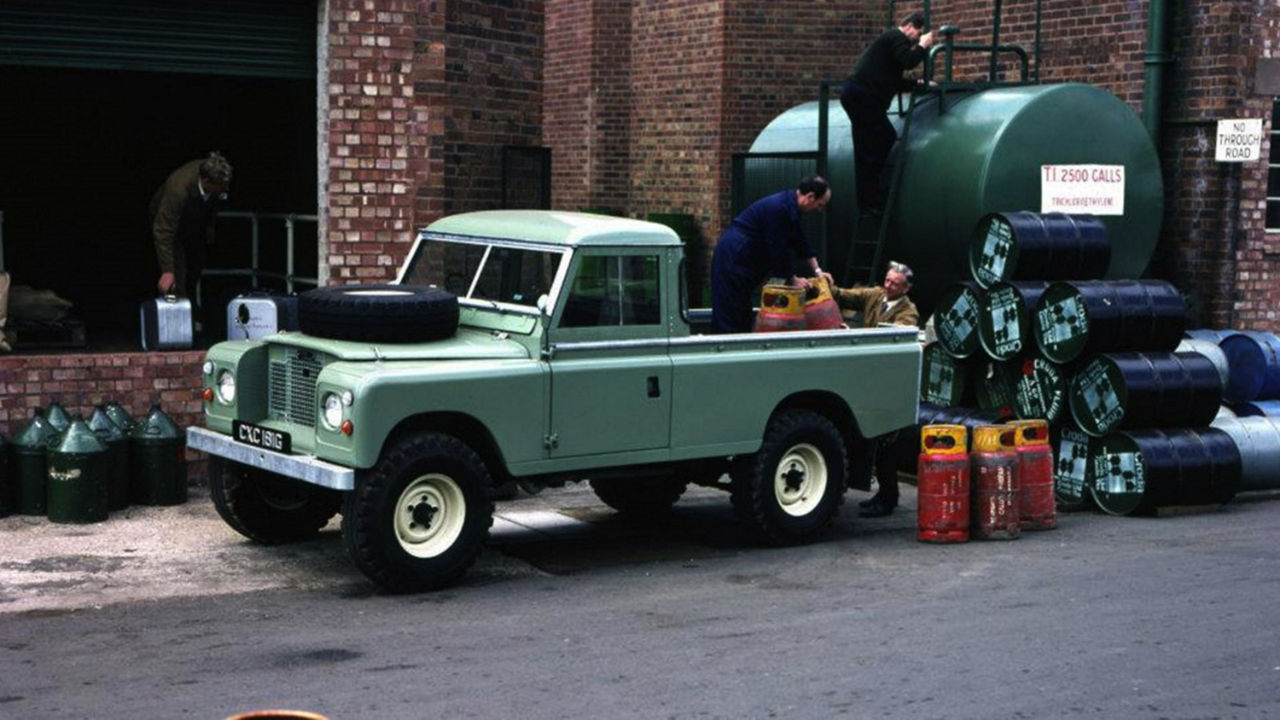

1970s: Series lll launched
1971: The Land Rover Series III is launched in October. It features a plastic grille, flatter door hinges and a full-width dashboard with optional fresh-air heater. 1971 is also the year that the 750,000th Land Rover is produced.
1976: 1,000,000th Land Rover built.
1979: A 3528cc V8 engine option is introduced to 109in with permanent four-wheel drive via a central differential lock. To accommodate the V8, the Land Rover loses its inset nose.
1980s: The Series lll is fine-tuned
1982: The County Station Wagon, featuring plusher trim, is launched in April along with the High Capacity Pick-up.
1983: The Series III 109in is replaced by a new One-Ten model (110in wheelbase) in March. Leaf springs are replaced by coils (influenced by the Range Rover). The four-cylinder engines come with all-synchromesh, five-speed gearbox. Identifiable by a full-width black plastic grille and wheelarch lips fitted to house wider track suspension.
1984: In January, a 2495cc diesel replaces the previous 2286cc diesel engine.
1984: The coil-sprung Ninety (wheelbase closer to 93in) is launched with four-cylinder engines. In March 1985 the V8 becomes available.
1985: The Current 2286cc petrol replaced by 2495cc type.
1986: A new 85bhp, 2495cc turbo-diesel engine is launched.
1990s: Launch of the Defender
1990: The Ninety and One-Ten range is renamed Defender 90, 110 and 130. Launched with a 107bhp 2495cc turbo- diesel 200Tdi, the unit is superceded in 1994 by the 111bhp 300Tdi.
1998: In December, the 122bhp five-cylinder Td5 engine becomes the Defender’s standard engine.
2000s: Major Defender Evolution
2007: A major Defender evolution includes the replacement of the Td5 with the 122bhp Puma/DuraTorq TDCI four-cylinder turbo diesel engine, the addition of a six-speed gearbox, a more modern dashboard and safer, forward-facing rear seats in the Station Wagon. A new Utility body becomes available.
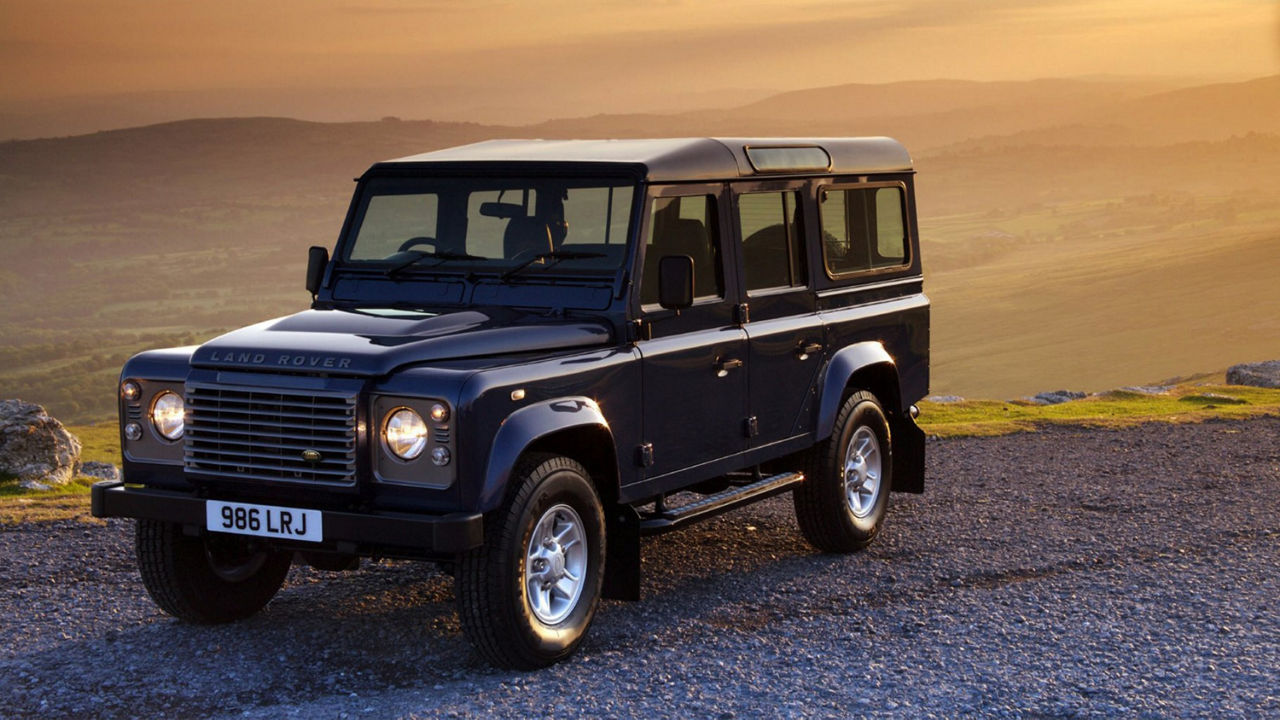
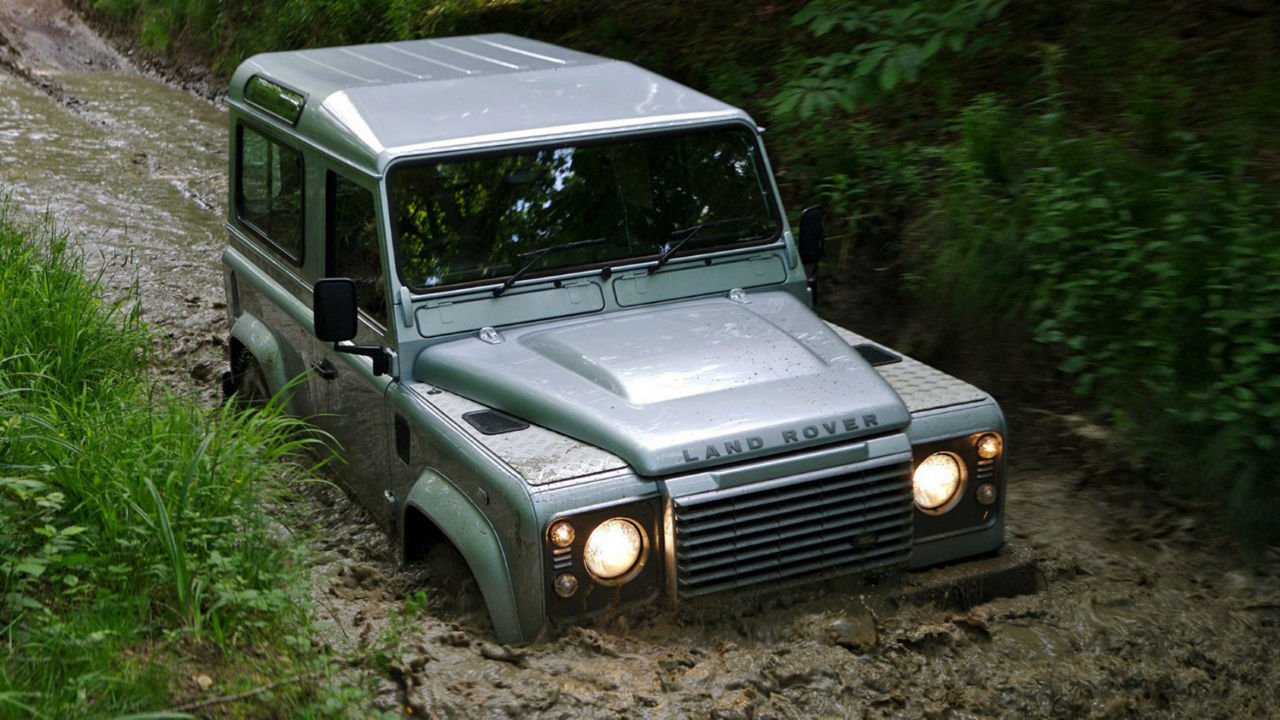
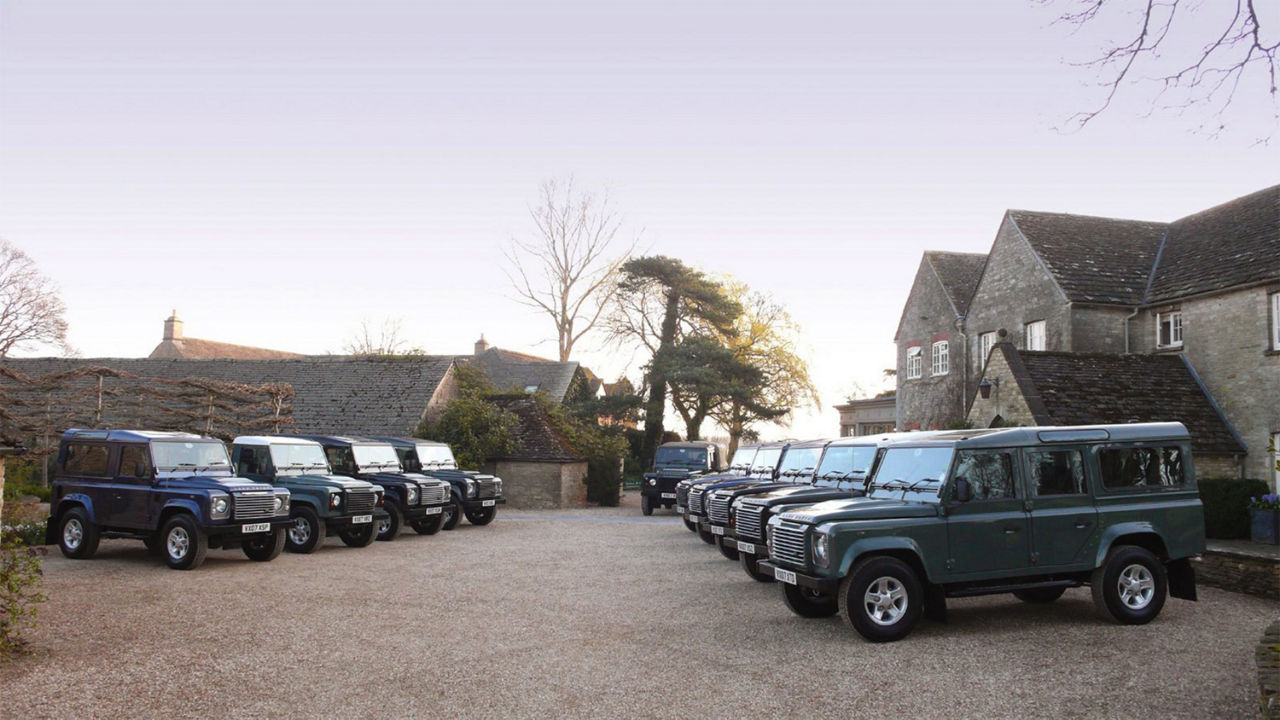

2010s
2012: A new, smaller 2.2-litre diesel engine replaces the previous 2.4-litre unit. Power levels remain with Euro V-compliant emissions.
2013: The LXV Special Edition celebrates 65 years of Land Rover. The model is painted Santorini Black with Corris Grey roof, grille and headlamp surrounds. Inside, the LXV has full leather seats with contrasting orange piping and "LXV" (Roman numerals for 65) embossed on the front headrests.
2015: The Year of the Defender, celebrated by a number of events, including a 1km-wide sand drawing of the original Land Rover shape on the beach at Red Wharf Bay in Anglesey; the launch of three new Limited Edition Defenders; and the recreation of the Series I production line at Solihull.
PUBLISHED ONLINE 3 JUNE 2015
